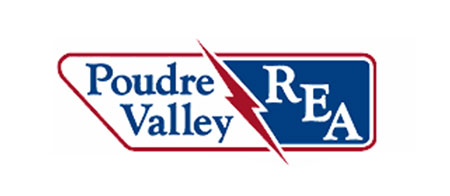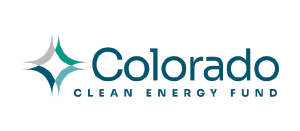Ductless mini-split
Ductless mini-splits, or mini-splits, are very efficient systems that allow for the heating and cooling or individual rooms or spaces. They are made up of an indoor air-handling unit and an outdoor condenser/compressor. Common applications of mini-splits include offices in unconditioned warehouses, conference rooms, data closets and small additions.
Learn More
Evaporative condensing
Evaporative condensers pre-cool the air entering the condenser of a rooftop unit or air-cooled chiller with mist or an evaporative media. Lowering the condensing temperature reduces the workload of the compressor resulting in a system that operates more efficiently than when it is air cooled.
Advanced evaporative condensing
Advanced evaporative condensing works by evaporating water into an air stream, which reduces the temperature but increases humidity. They greatly reduce energy consumption while using water sustainably and maintaining air quality.
Outside air economizer
Outside air economizers bring in air from the outside when conditions outside of a building are cooler than inside to cool down the space. This method is often referred to as “free cooling.” Most rooftop units come equipped with outside air economizers now, but older models lacking one can be retrofitted to add one and take advantage of free cooling. Colorado’s cool nights and dry air are ideal conditions for outside air economizers.
Rooftop unit (RTU)
A rooftop unit (RTU) is a packaged unit that supplies one or all the heating, ventilating and/or air-conditioning of a building. If an RTU does not currently have an outside air economizer, one can be added.
Advanced RTU controller
These are after-market controllers that utilize variable supply — fan control combined with integrated economizer and demand ventilation controls. Common brand and manufacturers of the advanced RTU controllers are: Catalyst by Transformative Wave; Digi-Rtu by Bes-Tech and Enerfit by Enerfit, LLC.
Importance of maintenance
Safety, comfort and energy efficiency are all in jeopardy when proper maintenance of heating and cooling equipment is neglected. A dirty air conditioner, heat pump or furnace costs more to operate and normal “wear and tear” parts become weak and inefficient in their duties, causing excessive utility costs and extended run times. The cost of routine maintenance is often easily recovered by lower fuel or power usage.


 Xcel Energy
Xcel Energy Boulder County PACE
Boulder County PACE Energy Outreach Colorado NEEP
Energy Outreach Colorado NEEP Poudre Valley REA
Poudre Valley REA United Power
United Power MEAN
MEAN Colorado Energy Office
Colorado Energy Office Colorado Clean Energy Fund
Colorado Clean Energy Fund CPACE
CPACE